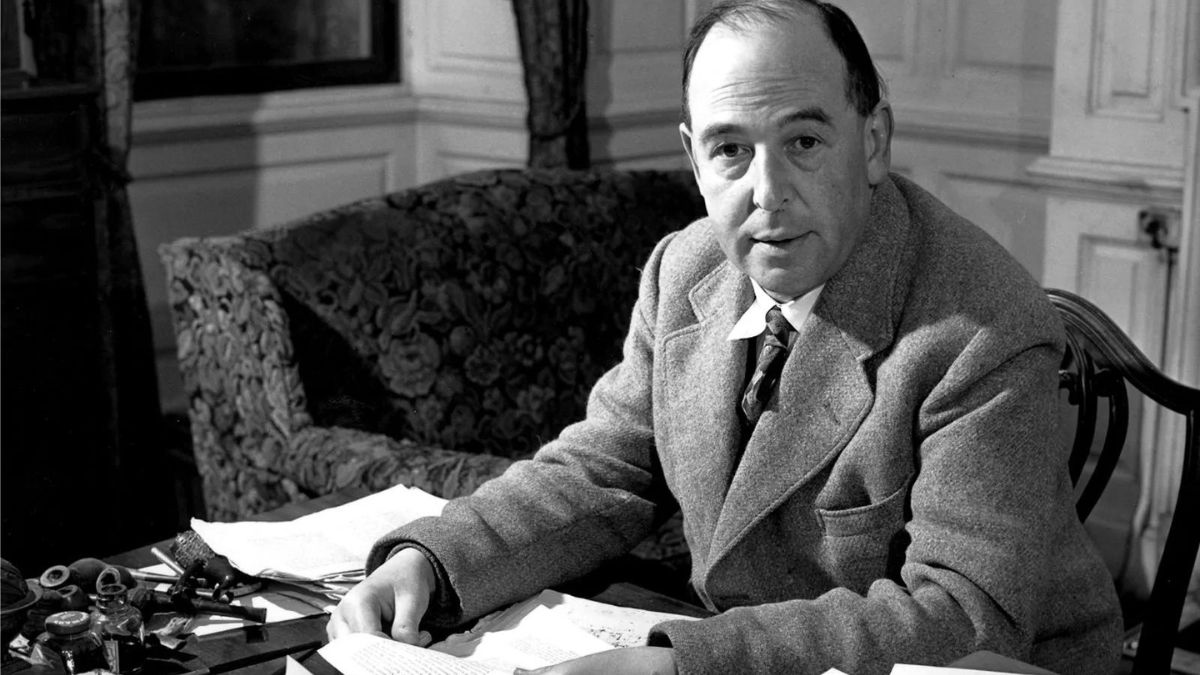

BreakPoint
Baloney Detecting
Shortly before his death, well-known astronomer Carl Sagan worried about what he saw as an epidemic of irrationality infecting the world. In particular, Sagan was disturbed because far too many people still believe in God—even though he'd told them billions and billions of times that nature is all there is. Sagan recommended what he called a "baloney detector kit"—an imaginary device that would help people see through false claims and faulty logic. But as Phil Johnson points out in his book, Defeating Darwinism, Sagan was highly selective when it came to choosing his targets. If we really want to get our money's worth, Johnson says, we need to aim our baloney detectors at a few targets Sagan missed. For example, let's look at some of the false claims and faulty logic used to support evolutionary theory. When it comes to evolution, science textbooks and museum exhibits are prone to a very selective use of evidence. According to Johnson, they often highlight fossils that can be interpreted as possible transitional forms between reptiles and birds, or between fish and amphibians. What they don’t tell you is that transitional fossils are actually quite few in number—and even those few are hotly contested. On the other hand, textbooks often ignore the huge amount of evidence that contradicts evolutionary theory. A prime example is the near silence about the Cambrian explosion, where the basic animal groups all appear suddenly in the fossil record, without any evidence of evolutionary ancestors. We ought to insist that scientists cut the baloney and answer the following question: Does the fossil evidence, considered as a whole, really confirm Darwinian theory? We can also use our baloney detectors to distinguish between genuine scientific theories that invite testing by observation and experiment—and ideas that cannot be shown to be either true or false. Ideas that are not testable are philosophy, not science, Johnson points out—even when they come from eminent scientists. A good example of philosophy masquerading as science is the slogan Carl Sagan used to quote at the beginning of his famous television series, Cosmos: "The Cosmos is all there is, or ever was, or ever will be." "What experiment can we perform to test that statement?" Johnson asks. There isn't one—which means Sagan's claim is pure philosophy, the philosophy of naturalism. Carl Sagan was right: We do need baloney detectors. But we don't need to beam them on Christian beliefs, as Sagan urged; instead, let's use them to get an honest take on the fossil record and to separate science from philosophy. And we should encourage robust debate between creationists and evolutionists: It keeps both sides from ignoring evidence that does not appear to fit their theories. Assemble your own baloney detector kits by reading Phil Johnson's new book, Defeating Darwinism by Opening Minds. It's written especially for young people. It will help your youngsters recognize when evolutionists are trying to give them a snow job. And that's no baloney.
02/9/98















